The rugged mountains and coastline of North Wales attract many…
A Guide to Cornwall
Just turned off onto a one lane country track with hedgerows on both sides. The road is so narrow that the hedges are scratching the car on both sides plus the slope is about 30 degrees It is a 2 way road. I hiss. “Don’t worry, there is nothing that told us we can’t drive down this way” said Bill with a relaxed face. Welcome to Cornwall, the most western county of England! Driving on lanes like this is definitely a sign that you entered the county. I must say, these roads still fascinate me although this was not the first time we travelled here.
We could call Cornwall the most popular summer holiday destination in England. Why? Well, it is a mysterious place full of legends and tales about pirates, smugglers and shipwrecks and it is mild in the winter and quite warm and pleasant in the summer. The sandy beaches, the dramatic coastlines and rocks are irresistible.
So Cornwall is a fantastic place that is worth visiting at least once. The county offers many attractions and activities to choose from. Four years ago we visited the South coast of Cornwall, this summer we had a holiday in North Cornwall, so now I am able to give you an overview of Cornwall’s main attractions.
What to know about Cornwall?
- Cornwall is the most western county in England where one of the six Celtic nations, the Cornish people live. The name Cornwall has nothing to do with “corn” and “wall”. It comes either from the celtic word cem or the latine comu meaning horn or peninsula – referring to the geographical shape of the county.
- The Cornish language is one of the six Celtic languages (Breton, Irish, Manx, Scottish Gael, Welsh), which is still spoken today, albeit only by a few people approximately 500. If you are interested, watch the video on Youtube where Elizabeth, a Cornish lady speaks Cornish. After having listened to all of the Celtic languages, I think Cornish sounds the softest.
- Cornwall is home to one of the Royal Duchies, the Duchy of Cornwall (the other is the Duchy of Lancaster). The eldest son of the reigning monarch inherits the duchy and the title of the Duke of Cornwall, therefore currently owned by Prince Charles. If and when Charles becomes king, prince William will become the Duke of Cornwall. In case the monarch does not have a male heir, the duchy revert to the Crown. Camilla holds a non-hereditary title of the Duchess of Cornwall which was also a title of Diana, Princess of Wales. (Camilla does not wear the title of the Princess of Wales because it is still associated with Princess Diana.)
- Films that were shot in Cornwall and instantly spring to mind is the period drama Poldark and Doc Martin.
Do not miss:
Heritage
Cornwall is famous for its harbours, smugglers, tin mines, fishing villages and strange buildings. Enjoy the seaside ambience, have a gentle stroll in fishing villages, note the different colours in these villages, listen to the screatching of the seagulls, go on the Coastal Path and admire the scenic views, allow yourself to lay on a sandy beach and do nothing and forget about your diet and have a Cornish ice cream! Just relax and enjoy this beautiful county.
Ships and Harbours
Charlestown is a great place to go back in time and have a gentle stroll in the harbour, which is part of the UNESCO World Heritage. No wonder as there are many interesting things from the small and narrow harbour, to tall ships, from the Shipwreck Museum where you can see artefacts from shipwrecks including the Titanic to the tunnels below the museum where china clay was transported. Charlestown was a small fishing village in the 18th century with only nine fishermen living with their families in three cottages. A local businessman, Charles Rashleigh saw the need of a port and its business potential so built a harbour from where copper and china clay was transported. Last but not least, the harbour was used as a filming location in Poldark and Alice in Wonderland. Fancy a virtual tour? The official website offers a fascinating virtual tour of the harbour.
Mines
Not only tin but copper and china clay was mined in Cornwall for centuries. Often mining was the only source of income for families. The tunnels of Geevor tin mines reach out 460m under the sea. If you think about what sort of technology miners had to work with in the 18th and 19th century, that they had to descend on ladders to the mines every day where they spent the entire day in cold and dark and often dangerous circumstances, we understand how dependent people on these jobs were. Along the coast there are still many deserted pump houses to be seen – remainders of a lost culture.
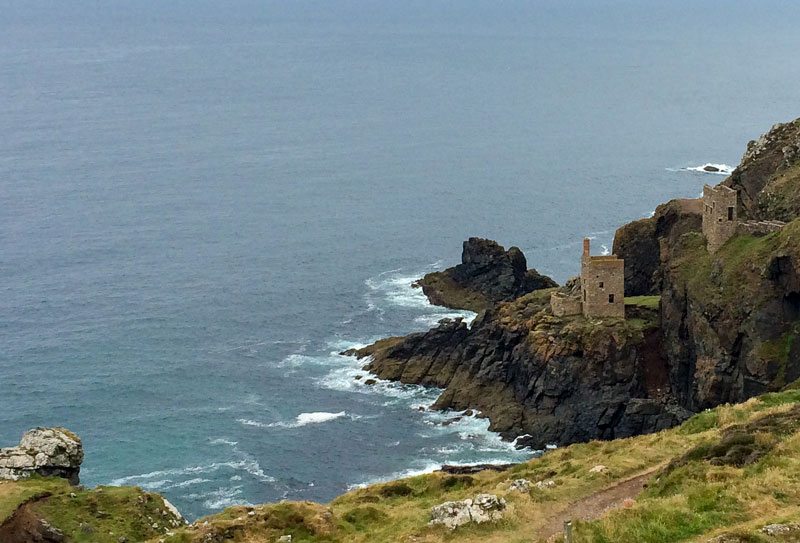
The Coastline
Whether sandy beaches or dramatic rocks, the coastline is amazing in Cornwall. The most famous points are:
Land’s End is the most western point of England, Lizard is the southernmost point. Enys Dodman, one of England’s most famous arched rocks, is at Land’s End. Do not miss it when you go to Land’s End. If you do, try to return, like I did years ago – see the blogpost about it here.
Kynance Cove is one of the most scenic and most photographed beaches In Cornwall.
Carnewas at Bedruthan are on the northern coast and are fantastic rocks.
Minack Theatre
Minack Theatre is a gorgeous place. The theatre was basically carved in rocks by the seaside. You can read more about it in this blogpost. The sandy beach next to it, Porthcurno is one of the most beautiful beaches of Cornwall. Although it requires some effort to descend to the beach and then climb back up, it is worth it. Be careful and mind the weever fish which hides under the sand as you can step into its spike which is quite painful and can cause allergic reactions. (I managed to step onto one, trust me, I know what I am talking about.) You would aso find the Porthcurno Telegraph Museum in this village, where was once the the world’s largest submarine telegraph station.
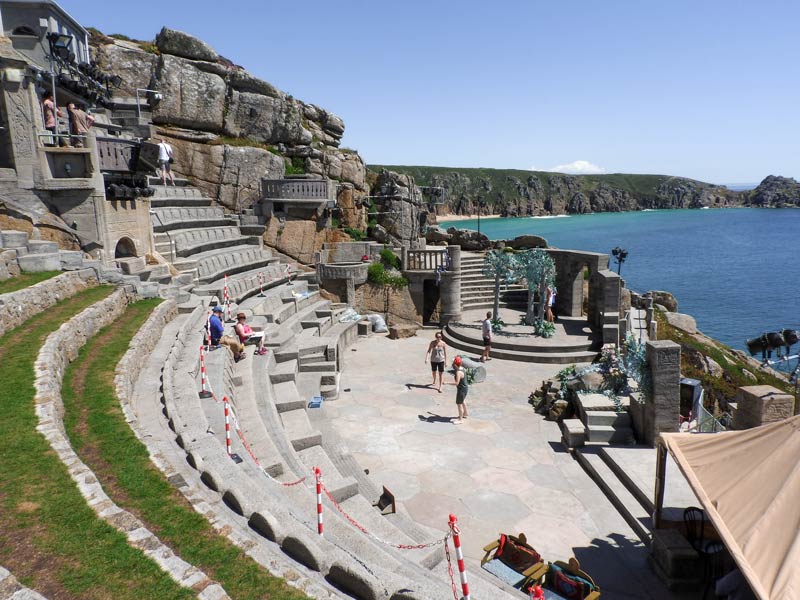
St Michael’s Mount
St Michael’s Mount is the brother of Mont Saint Michel in Normandy. Both were built by French benedictine priests. During low tide you can walk across on the causeway, during high tide there is boat transportation. According to the legend a fisherman saw St Michael appear above the rocks in the monastery built in 1140. In the 17th century the monastery was transformed to a beautiful country house where later Queen Victoria also paid a visit.
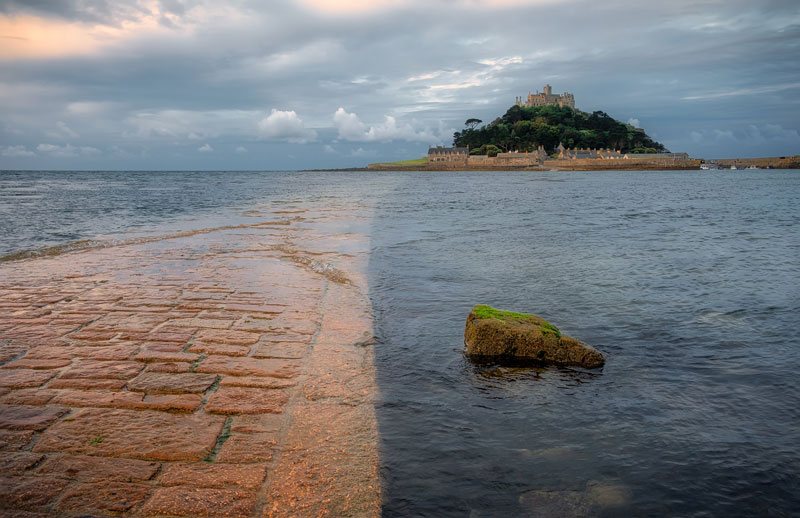
Tintagel Castle
Cornwall is full of legends. One of them says that King Arthur built the castle of Camelot at Tintagel with his wife, Guinevra and this was where he gathered the knights for his round table. The saint gral was also held here. Do not miss to visit the village where the most charming building is surely the Old Post Office.
Gardens
Cornwall has a special climate. As a result the vegetation is different to in other parts of England. No wonder, there are many beautiful gardens in the county. The Eden Project, the world’s biggest greenhouses were built in an old clay mine. It is basically a botanical garden with plants of different climates. But there are many other interesting botanical gardens like the Lost Gardens of Heligan or Glendurgan with its maze. But even gardens in country houses are beautiful.
Arts
St Ives used to be a popular seaside resort for artists and painters in the 19th century. When you walk around the fishing village, you understand why. Its romantic harbour and narrow streets are charming. The famous sculptor Barbara Hepworth liked St Ives a lot and this is where the Barbara Hepworth Museum is located. The other fishing village favoured by painters was Newlyn where the Newlyn School of painters worked.
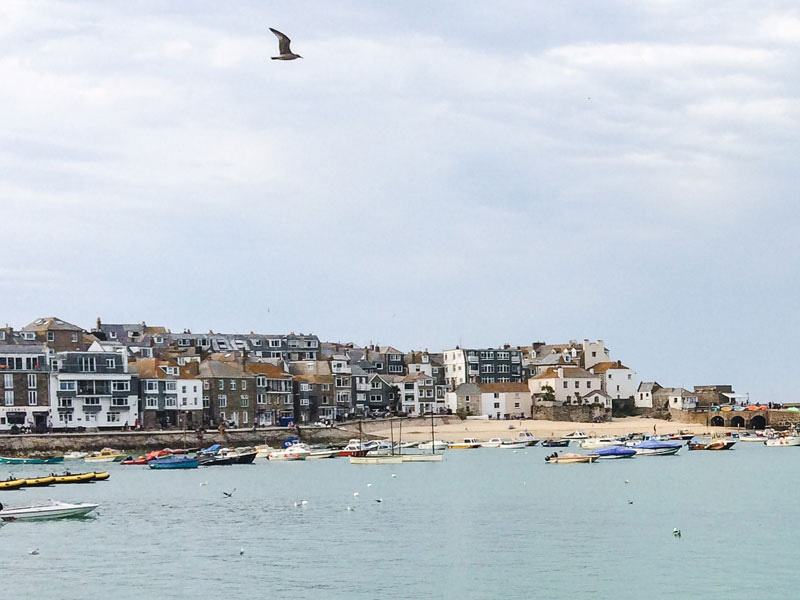
South West Coastal Path
The South West Coast Path is one of the most popular walking routes in Britain. It is 1,014km long and it can be quite challenging. Well, the one part I managed to do certainly was quite challenging, I tell you! That is because the path rises and falls with every costal inlet and cove. But it is worth it as the views are fantastic.
It was interesting to learn that originally the path was used by the Coastguard who was on the lookout for smugglers and would walk along the coast from lighthouse to lighthouse. Well, they must have been very fit…!
Things to eat
Pasties
Pasties can be bought all over in the UK but none of them are as tasty as the ones made in Cornwall. But what is it? It is a round shaped pastry sheet which is then filled with beef, swede and potatoes. Then the pastry is folded into half, the edges are crimped and then baked. The D-shaped pasty is the national dish of Cornwall yet it comes from France! The pasty however was a popular dish among the miners in Cornwall and Devon because it was easy to carry and was still warm hours later. The crimped edge allowed the miners to hold the pasty with dirty hands, but keep the eatable pasty clean to eat.
Fish and Chips
Again fish and chips can be bought anywhere, but most probably the fish and chips served in Cornwall is freshest and is the catch of the day. Therefore, a completely different experience.
Fudge, ice cream and cream tea
These too can be purchased anywhere, but fudge, ice cream and cream tea made of West Country milk is different and tastes so much better. Especially if the ice cream is served from a cute vintage ice cream van like ‘Beryl of Bedford’. 🙂

+1
In Padstow you can try the celebrity chef’s Rick Steins’s restaurant which apparently serves lovely fish dishes. Rick Stein also has a breakfast place, a fishmonger and a homeware shop.
When to travel to Cornwall?
Anytime but of course summer is the most ideal time to enjoy the good weather and the sandy beaches. This does not mean that the weather cannot be bad in the summer. It can. However, 22C feels much warmer in Cornwall.
How to get to Cornwall?
The easiest way to get to Cornwall is by car. It also makes sense as to get from one place to another once you are in Cornwall is much easier by car than with anything else. Of course you could cycle locally but the hilly landscape makes it challenging.
If you do choose to drive, check the traffic and consider taking other roads than the motorways or main roads as there can be long queues. If you are prepared to drive down roads like I explained in the intro, then you can avoid queuing and you can move.
The journey by train takes 5 hours from London, Paddington to Penzance. It is quite pricey though.
Travelling by bus is half the price but almost double the journey time, so think twice!
~
If you have questions regarding Cornwall or would like to receive travel tips, drop me an email and I am happy to help.


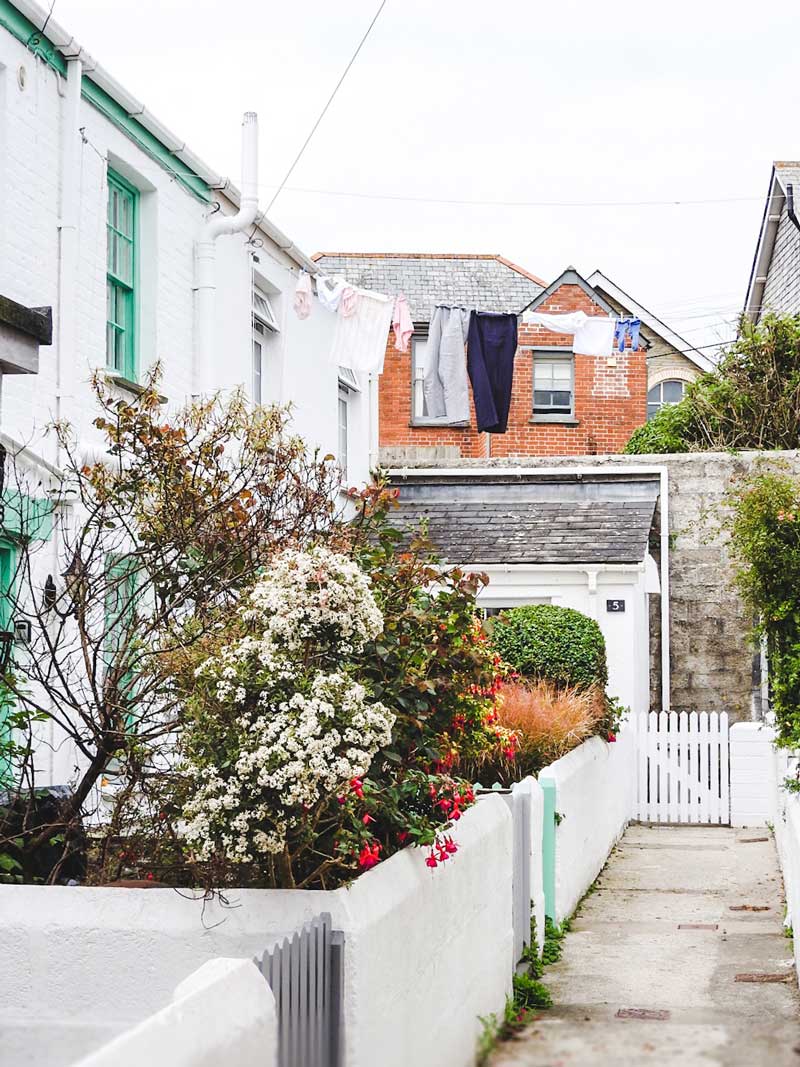

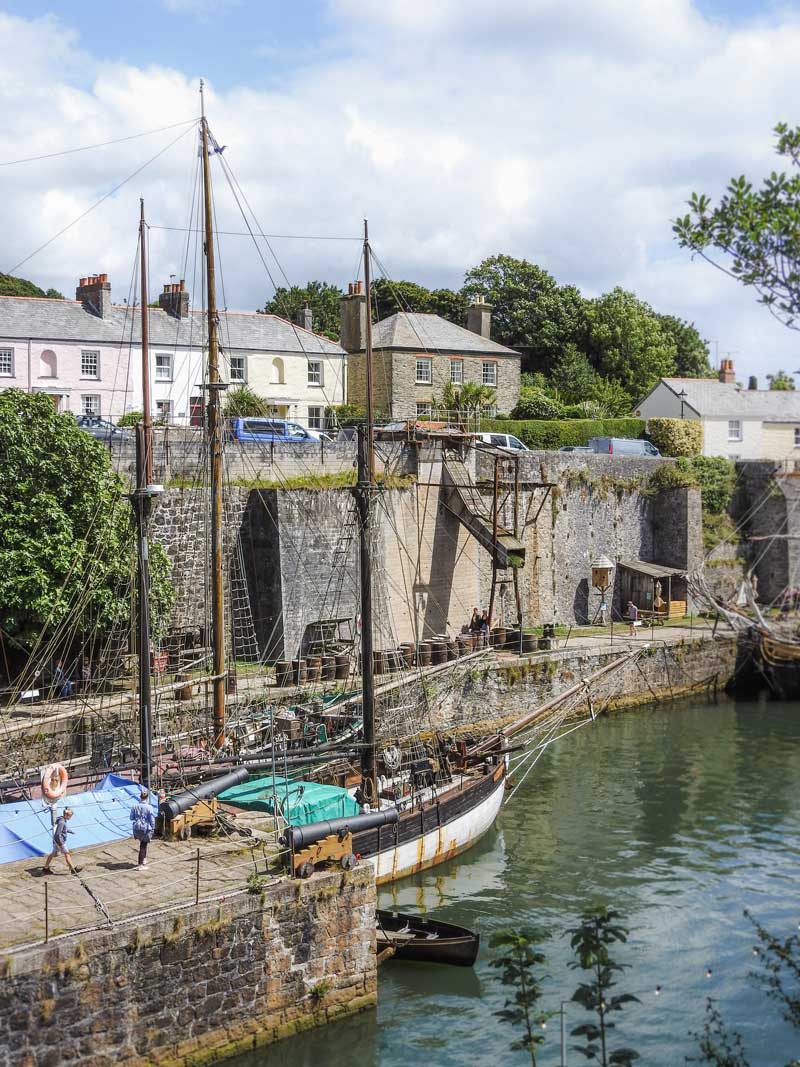

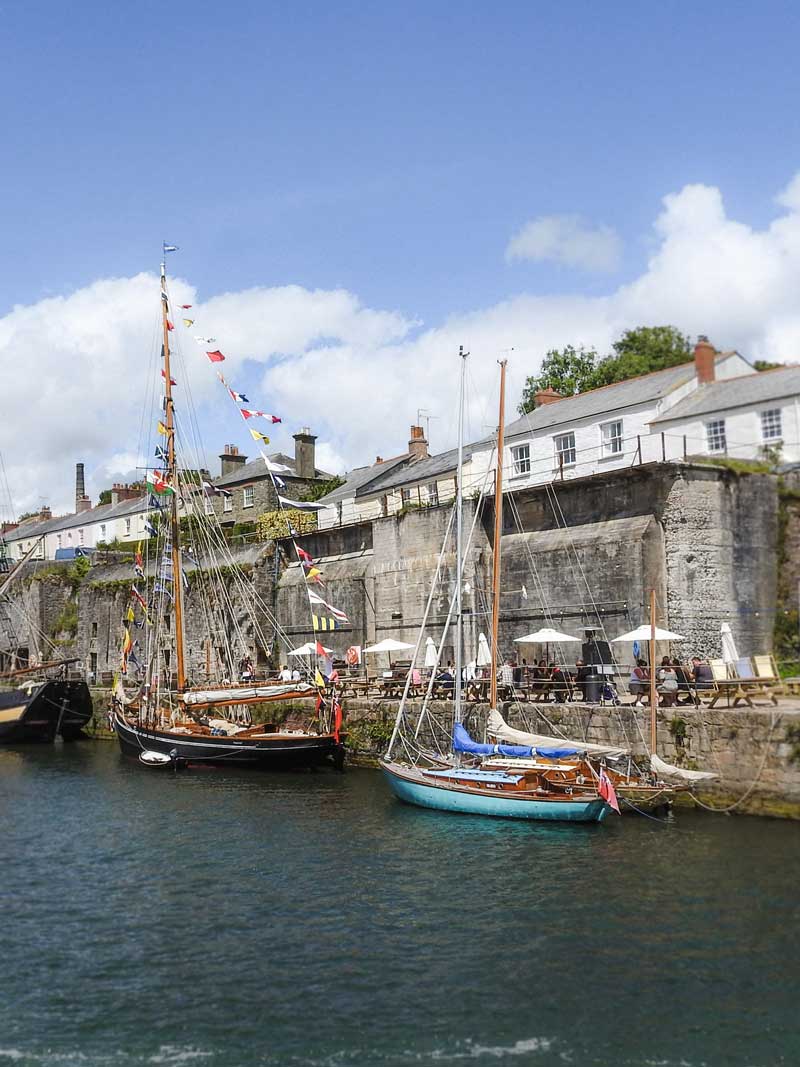
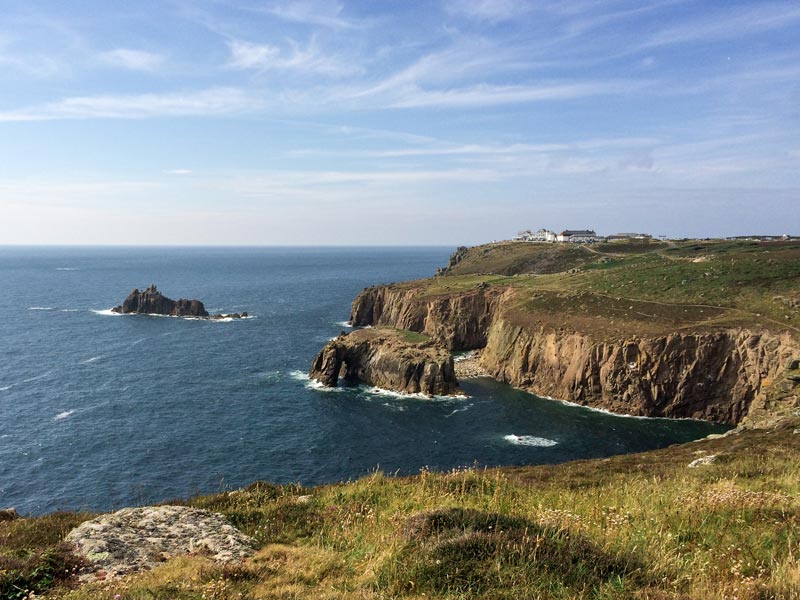
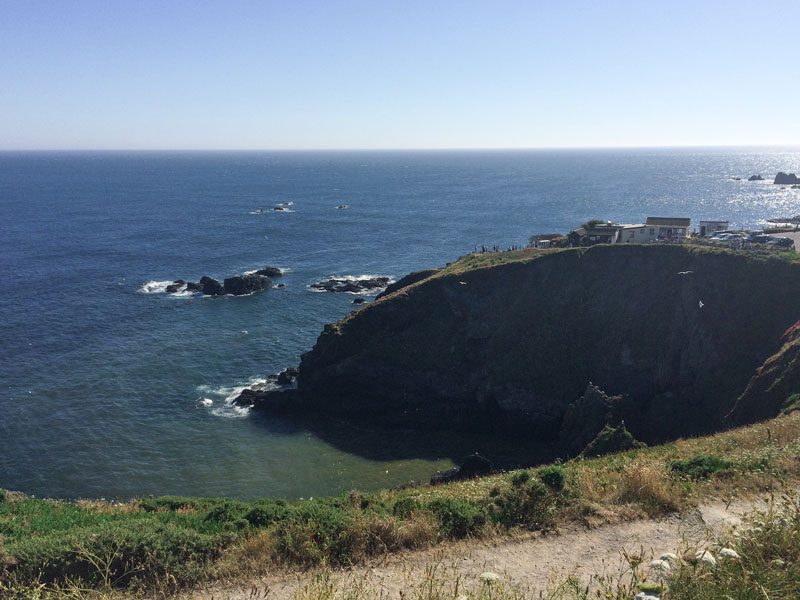



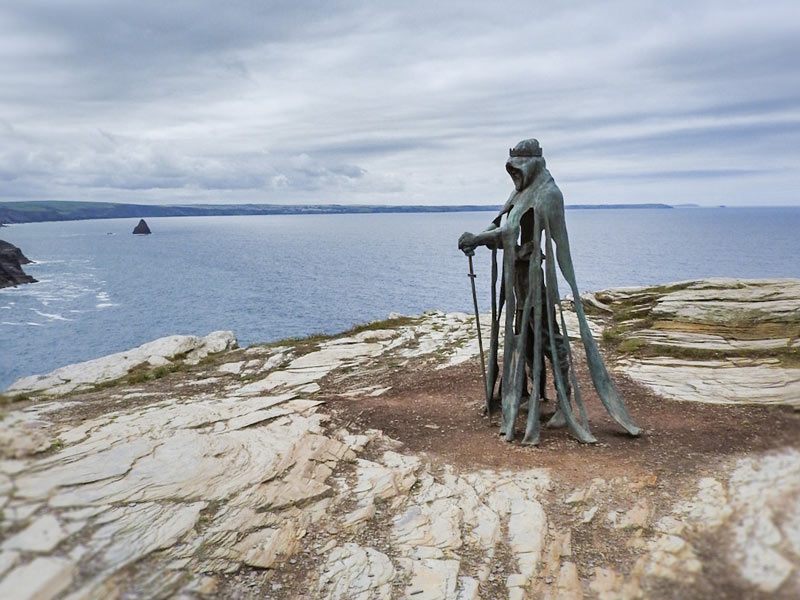


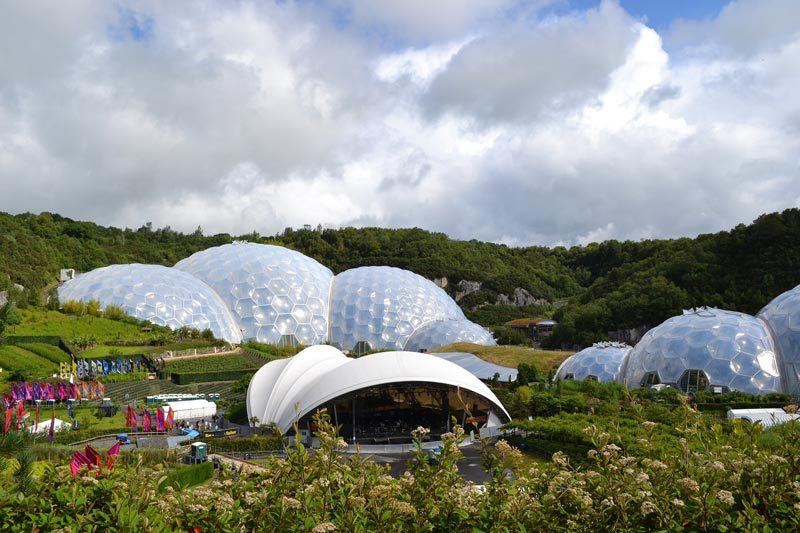

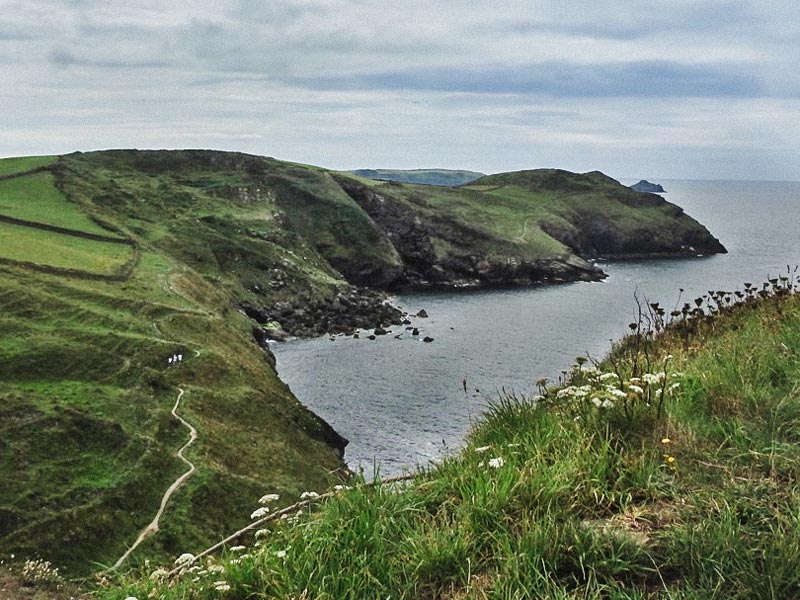
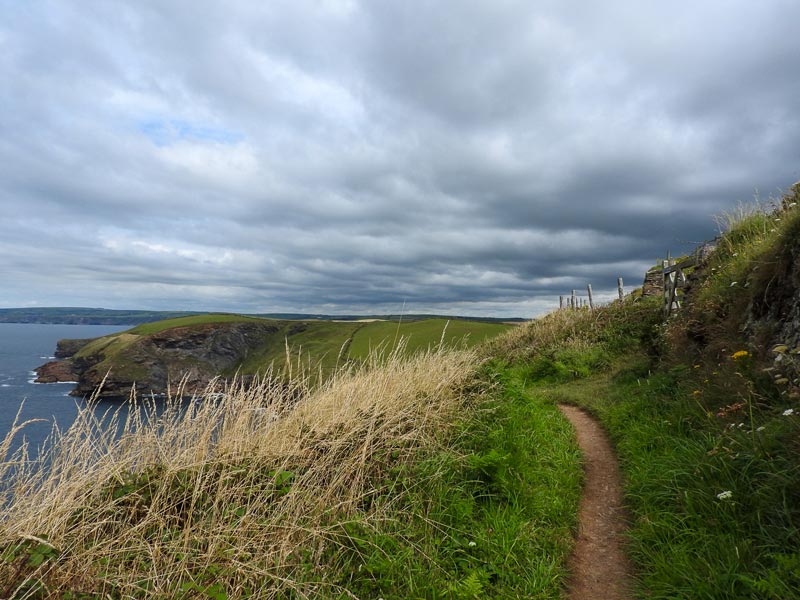

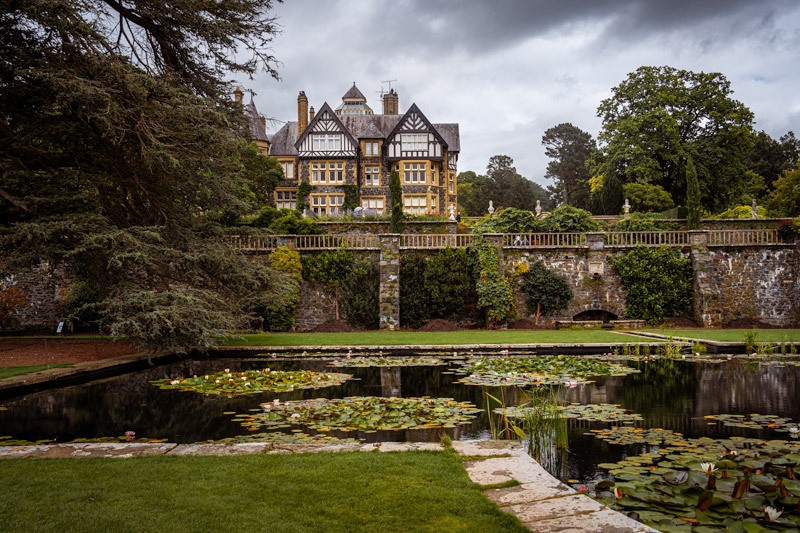

This Post Has 0 Comments